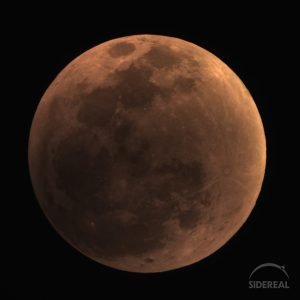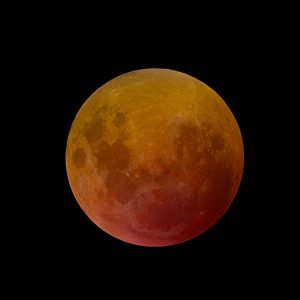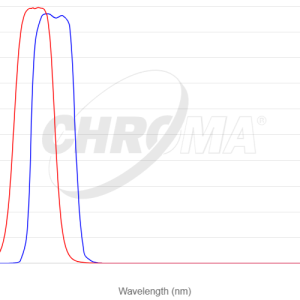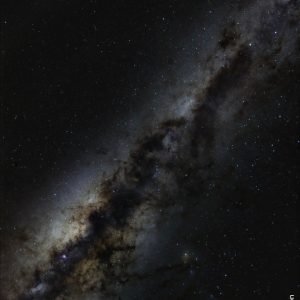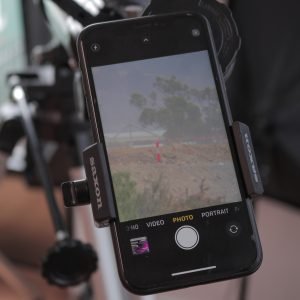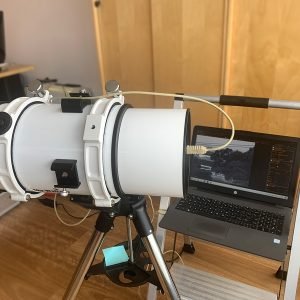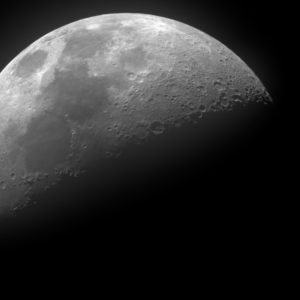Taking monochrome images of a galaxy in red, green and blue light allows you to make a full colour image, in a similar way to your eyes detecting the three colours and your brain combining them in the colour image. But you add exposures taken through a Hydrogen alpha filter, which draws out emission nebulas in the galaxy.
Astro photography
Catching a Lunar Eclipse using a remote facility
For the Lunar Eclipse of September 2025, Bill used a remote facility that Sidereal Trading had installed at a club in Victoria to get a sequence of images. It didn’t go quite to plan, but he got the shots anyway.
How to get a nice sharp image of a Lunar eclipse
Lunar eclipses, or blood moons, are really cool, and people love getting photos. But during the eclipse the Moon is dark and a photo doesn’t show the same details as a normal full Moon. This tutorial shows how to capture the sharpness of the full moon and still get the colour of the blood moon.
A caution about USB-C power supplies
USB-C is becoming an industry standard in astrophotography as it can use fewer cables by sharing power and data. However, some components need higher voltages through that USB-C cable. If you plug a 12V cable into a component that needs 5V you can cause damage. Please be careful!
What are high-speed filters?
Getting wide field Milky Way images – powering your camera and dew heater
Getting deep images of the Milky Way can take a lot of power from your DSLR’s battery. Using a dummy battery to power your camera means you can leave it running all night and you won’t have to change batteries. You power the dummy battery with a PegasusAstro DSLR Buddy, and that means you can also run a dew heater strap from the mains, or a big battery.
How to attach your phone to a telescope using a saxon ScopePix
Sky-Watcher HAC150 – a budget deep-sky fast astrograph
A quick look at the new Sky-Watcher Honders Advanced Catadioptric Astrograph, a 125mm f/2 catadioptric “camera-only” telescope. Is this baby RASA the new grab-n-go sensation?
An image of the Lunar X
The Lunar X is a pattern of light cast by the rising Sun over a complex group of walls near the Werner crater. It’s only visible for about 45 minutes each lunar cycle and it’s only visible a couple of times each year to people on Earth. We knew of an apparition coming up, so we used a remote dome to get an image. We did have to battle our share of clouds, of course.
What is retrograde motion in a planet?
Imaging galaxies using Hydrogen Alpha
Taking monochrome images of a galaxy in red, green and blue light allows you to make a full colour image, in a similar way to your eyes detecting the three colours and your brain combining them in the colour image. But you add exposures taken through a Hydrogen alpha filter, which draws out emission nebulas in the galaxy.
Catching a Lunar Eclipse using a remote facility
For the Lunar Eclipse of September 2025, Bill used a remote facility that Sidereal Trading had installed at a club in Victoria to get a sequence of images. It didn’t go quite to plan, but he got the shots anyway.

